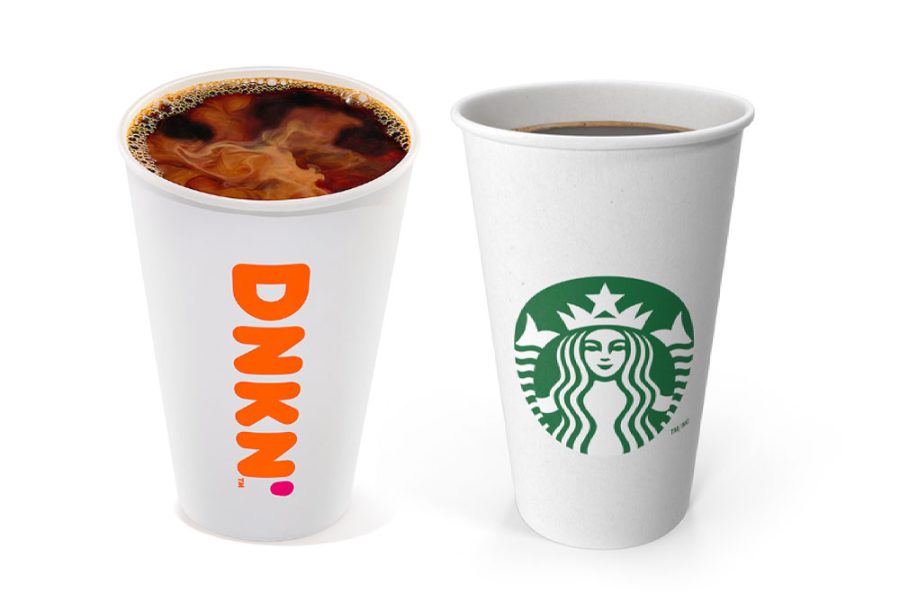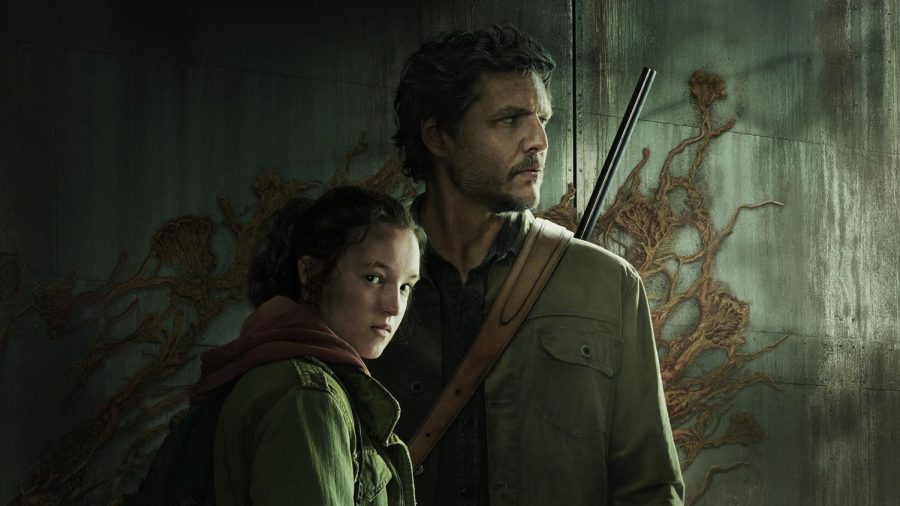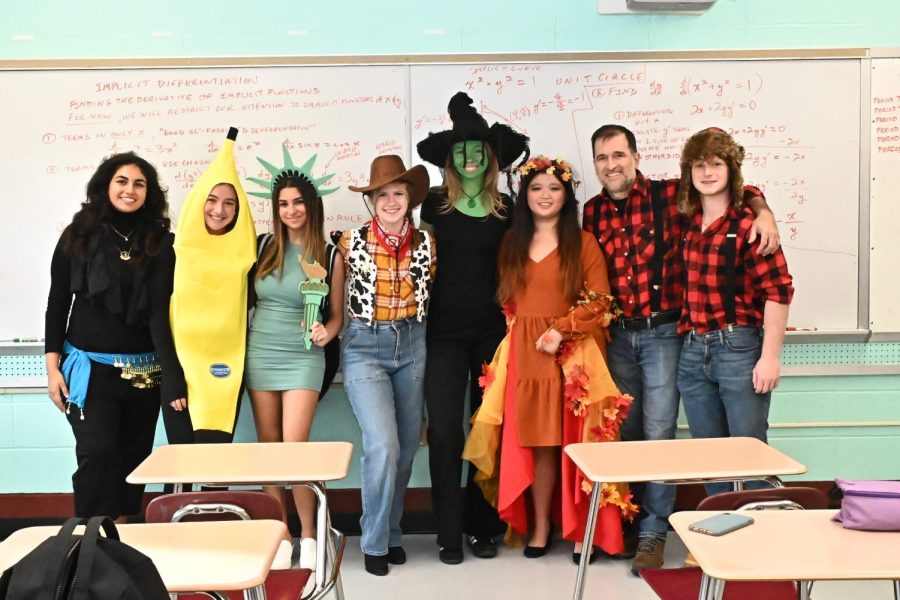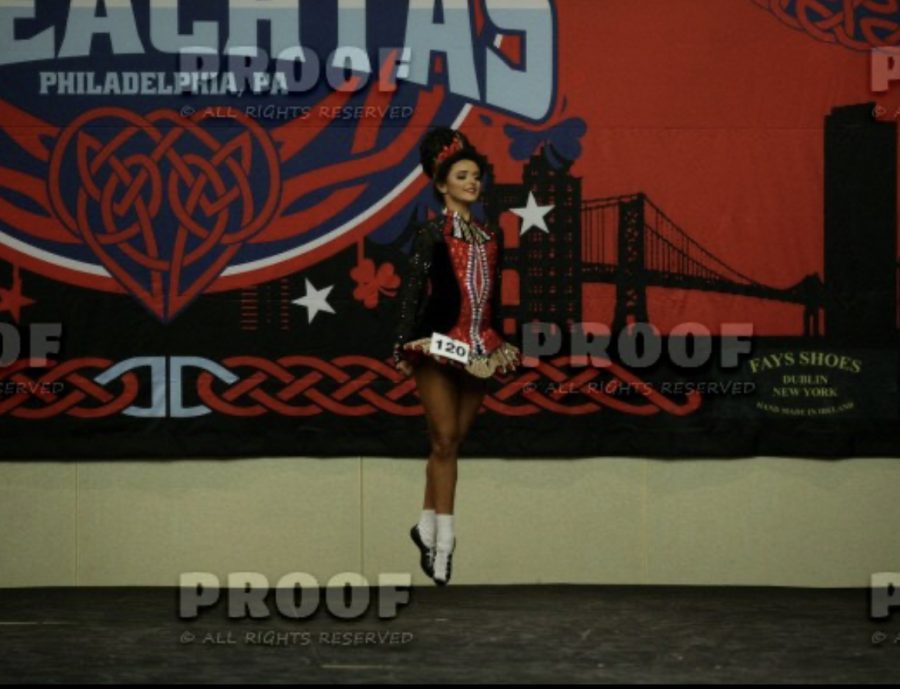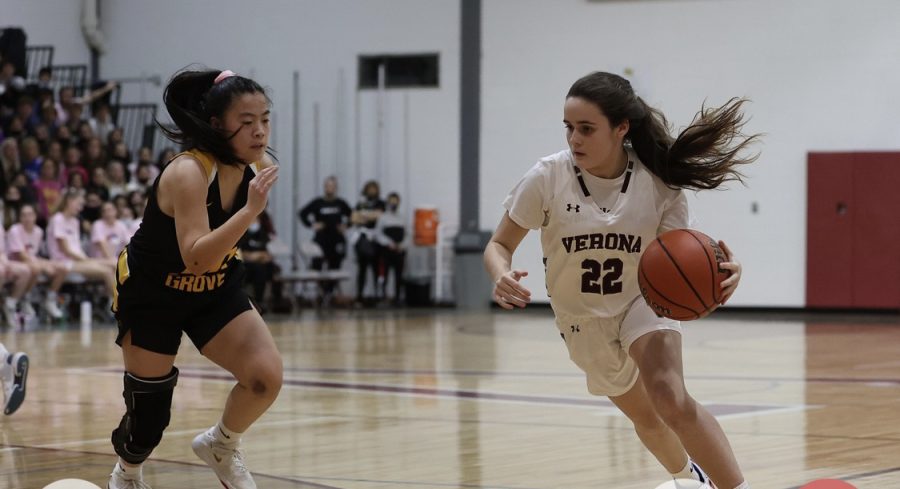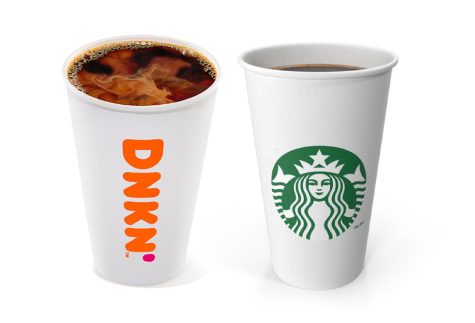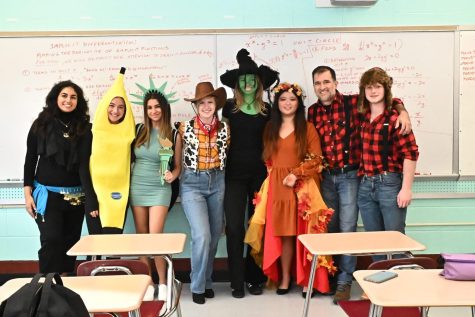Beauty is in the Eye of the PhotoShopper
Tall, blonde, skinny, blue eyes, long legs. All of these are desirable features almost all girls and women alike can agree on. However, where do all of these pressures to be ‘beautiful’ come from? What is the true definition of beauty? Why does society have such a narrow-minded view when it comes to what is beautiful or desirable when it comes to physical appearance or body image?
A video that has recently gone viral begins to explain why many girls and women feel pressured to look a certain way to be considered beautiful – in the eye of society that is – while also explaining how unrealistic our views of beauty and body image really are.
Originally posted on globaldemocracy.com in 2012 and recently gaining popularity on the web with over 4 million views, a video shows the drastic changes a model can undergo from start to finish during a shoot. The average sized model begins posing all glammed up with hair and makeup and within seconds is completely transformed with the assistance and use of Photoshop.
Features such as the model’s eyes are enlarged, her stomach and back side slimmed, legs and neck elongated, and skin tone perfectly airbrushed and polished.
“That’s not how people look, that’s not real,” said Laura Willard, an upworthy.com contributor featured on an ABC News story recap on the video.
A similar video created by Tim Piper for a Dove Real Beauty ad back in 2006 with over 16 million views shows a woman who likewise underwent drastic changes as shown over the course of the 30 second time-lapse of the Photoshop editing process the model’s picture went through before the ad was published as a billboard. You can watch the video here: http://www.youtube.com/watch?v=iYhCn0jf46U
Many girls are familiar with the success of 14-year old eighth grader Julia Bluhm a few years back, who started a campaign, via an online petition, to pressure magazines to not use airbrushed images.
In response, Seventeen magazine pledged not to digitally alter body sizes or face shapes of young women featured in its editorial pages.
This high standard of body image can be seen anytime a person picks up a magazine. But the featured photos give a false impression that the edited photos are “real,” and that they are considered by the media and by society to be “beautiful.”
Movements like the Dove Real Beauty ad and the campaign launched against Seventeen Magazine are the beginning of changes being made regarding highly retouched photos that convey false and potentially damaging misrepresentations of the body images of women and young girls.


